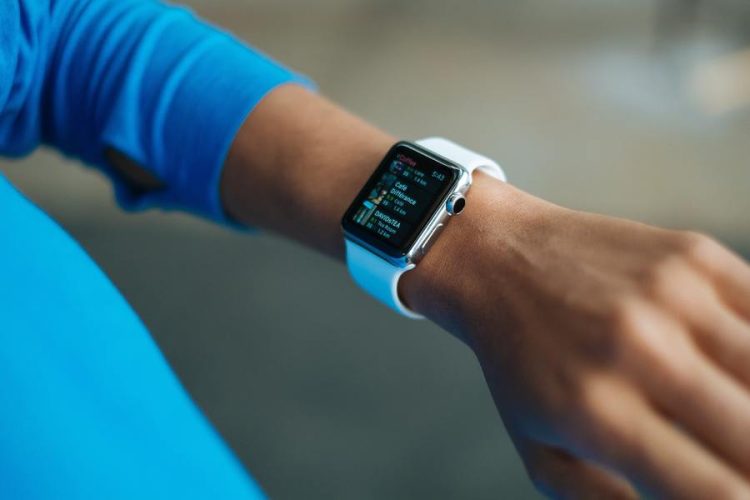In the field of digital health, wearable devices are becoming an important part of people’s daily lives. These devices are not only capable of monitoring basic health indicators such as heart rate, step count, and sleep quality, but are also constantly evolving to provide more comprehensive and accurate health monitoring capabilities. This article will explore the latest developments in wearable devices for intelligent health monitoring and how they impact our understanding and practice of health management.
Innovative features of wearable devices
With the development of sensor technology, modern wearable devices are now able to monitor vital signs such as blood pressure, blood glucose, and blood oxygen saturation. For example, the latest smartwatches and health trackers can not only monitor heart rate through photoplethysmography (PPG), but also monitor blood glucose levels through electrochemical sensing technology, eliminating the need for users to frequently perform traditional fingertip blood tests.
Personalized Health Data Analysis
Modern wearable devices integrate advanced algorithms and artificial intelligence technology, which can provide personalized health recommendations based on users’ physiological data. These devices are not only capable of recording data, but also of learning user behavior patterns and providing customized health and fitness plans. For example, some devices can provide suggestions to improve sleep quality based on the user’s sleep pattern, or recommend personalized exercise plans based on the user’s activity level and health goals.
Tools of Preventive Medicine
Wearable devices are becoming powerful tools for preventive medicine. By continuously monitoring and analyzing users’ health data, these devices can help users detect early signs of health problems and encourage them to take preventive measures. For example, certain devices can detect signs of arrhythmia and promptly remind users to seek medical help, thereby preventing the occurrence of serious diseases such as heart disease.
The trend of long-term health monitoring
With the popularity of wearable devices, long-term health monitoring has become possible. Users can track their health data for a long time through these devices, which is particularly beneficial for managing chronic diseases. Doctors can also use these long-term health data to better understand patients’ health conditions and provide more accurate treatment recommendations.
The combination of wearable devices and telemedicine
The combination of wearable devices and remote medical services provides patients with a more convenient and efficient medical experience. Doctors can remotely monitor patients’ health status and adjust treatment plans based on real-time data. This service model is particularly important for patients living in remote areas or with mobility impairments.
Challenges Faced
Although wearable devices have made significant progress in intelligent health monitoring, they still face challenges in terms of data accuracy, privacy protection, and user acceptance. Ensuring the accuracy of monitoring data is crucial for user health management. Meanwhile, how to protect users’ health data from unauthorized third-party access is also a problem that wearable devices need to solve.
Future prospects
Future wearable devices will be more intelligent, compact, and have longer battery life. With the development of nanotechnology and biosensing technology, future devices may be able to monitor more health indicators more accurately and seamlessly integrate them into users’ daily lives. In addition, it is expected that wearable devices will be connected to broader health ecosystems such as home health management systems and smart cities, providing users with more comprehensive health management solutions.
epilogue
The future of intelligent health monitoring lies in the continuous innovation and progress of wearable devices. With the development of technology, these devices will enable us to better understand our own health status, manage our health more proactively, and communicate more effectively with healthcare providers. In the near future, wearable devices are expected to become an indispensable part of our daily lives and make significant contributions to improving global public health.


















































Discussion about this post